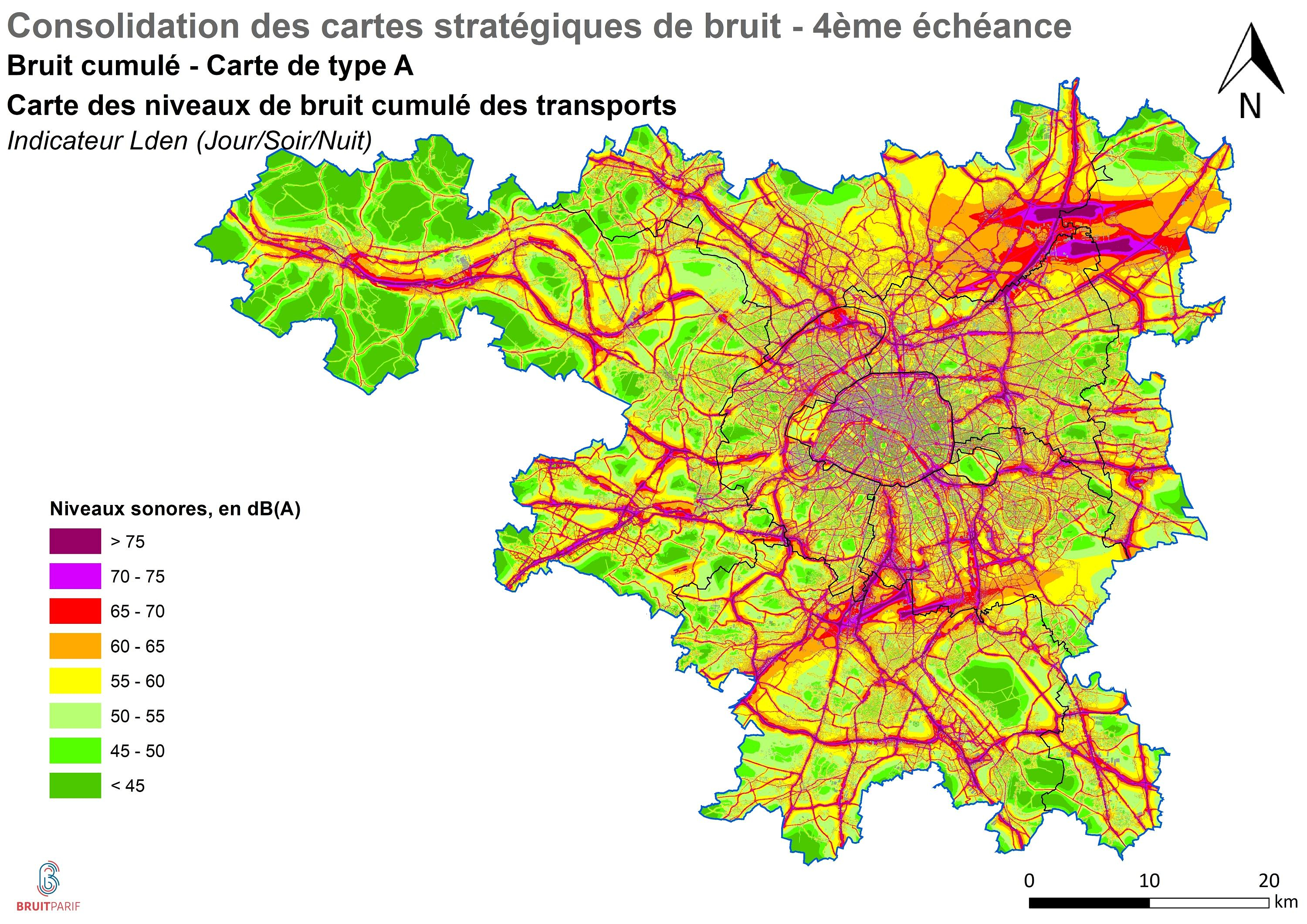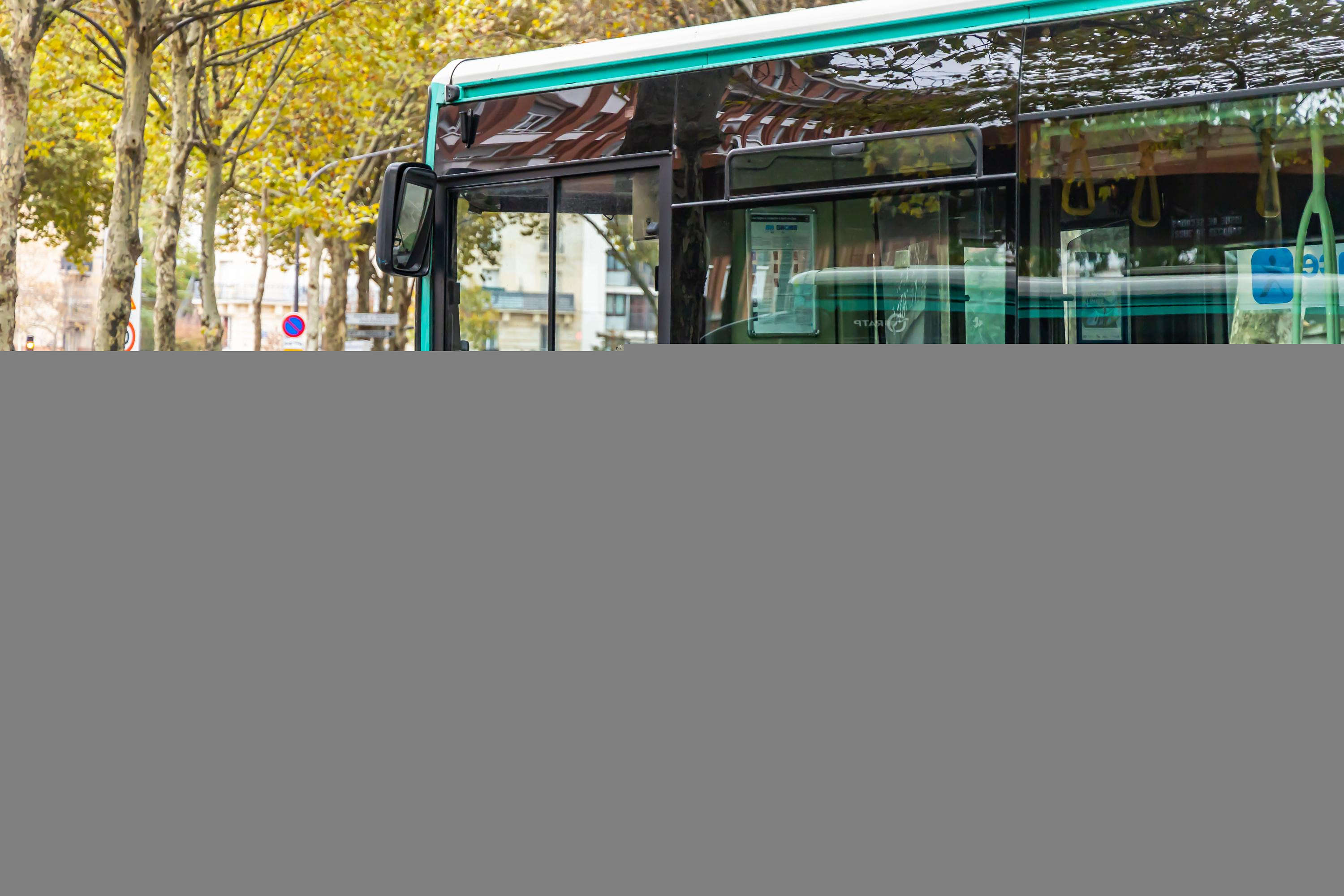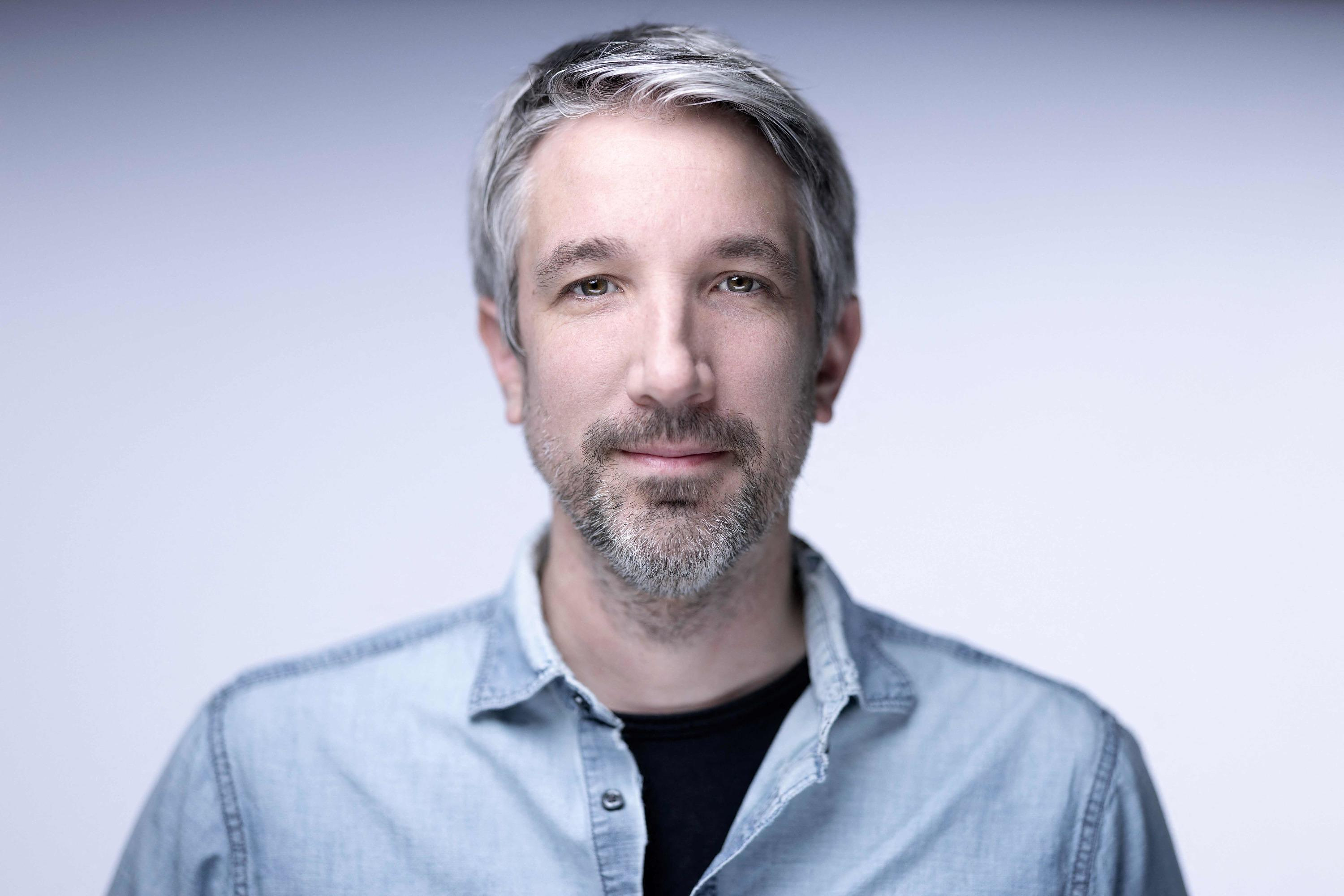More than eight and a half million Ile-de-France residents (or 80% of the region's inhabitants) are exposed to noise levels above 53 decibels, the objective recommended by the World Health Organization (WHO), due to road traffic. More than a million are beyond the less strict French regulatory limit.
“Even if a slight improvement is noted compared to 2019, particularly linked to the reduction in traffic, the findings remain worrying,” indicates Fanny Mietlicki, director of the noise observatory in Île-de-France, Bruitparif. Unsurprisingly, exposure is highest along major roads: the region has more than a thousand kilometers of expressways and highways. The diagnosis hides territorial disparities, with the Greater Paris metropolis concentrating 80% of the most highly exposed people.
Also read: “We must strengthen public policies against the harmful effects of noise”
Bruitparif presented on Friday, as part of UNESCO Sound Week, an update of the maps of noise generated by transport. This diagnosis is carried out every five years in fourteen towns in the region. It is based on modeling taking into account traffic data at different times, speed, road surface and the composition of the vehicle fleet. “We also integrate all the information available regarding the topography: the relief, the buildings, the noise barriers…”, explains Fanny Mietlicki. The map thus constituted is crossed with that of the demography of the Ile-de-France region. Established to guide public authorities in implementing a prevention plan, the maps can be consulted online.
The association also notes a reduction in the number of people exposed to railway noise. The improvement is explained by a change in study methodology, but also by the modernization of the trains and the installation of noise barriers, according to Bruitparif. Trains, RER, aerial metros and trams still affect around a million inhabitants of the dense Ile-de-France area, with the Greater Paris metropolis being particularly affected.
Also read: How noise seriously harms your health
As for airborne noise pollution, it has worsened due to the densification of certain municipalities overflown by planes and the increase in air traffic. Nearly 500,000 people live in homes subject to values above the 55 dB limit. According to Fanny Mietlicki, “despite the curfew decided at Orly, nighttime noise remains a significant problem.”
Across the region, there are few areas that are completely free from noise caused by transport. The cumulative health impacts they produce are massive: 22% of residents in the dense area of Île-de-France experience “severe discomfort” linked to transport noise, while 7% experience “severe sleep disturbances”. .” Noise is also involved in the occurrence of cardiovascular diseases. This represents, according to Bruitparif, an average of nearly 10 months of healthy life lost per individual.

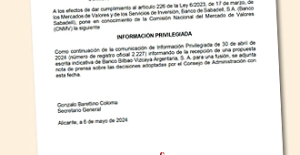 Sabadell rejects the merger with BBVA and will fight to remain alone
Sabadell rejects the merger with BBVA and will fight to remain alone In Germany, the far left wants to cap the price of “doner kebabs”
In Germany, the far left wants to cap the price of “doner kebabs” Israel-Hamas war: Gaza between hope of truce and fear of Israeli offensive in the South
Israel-Hamas war: Gaza between hope of truce and fear of Israeli offensive in the South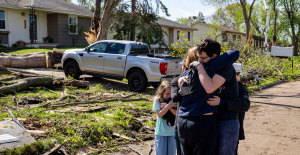 “Mom, Dad, please don’t die”: in the United States, a nine-year-old child saves the lives of his parents injured in a tornado
“Mom, Dad, please don’t die”: in the United States, a nine-year-old child saves the lives of his parents injured in a tornado The presence of blood in the urine, a warning sign of bladder cancer
The presence of blood in the urine, a warning sign of bladder cancer A baby whose mother smoked during pregnancy will age more quickly
A baby whose mother smoked during pregnancy will age more quickly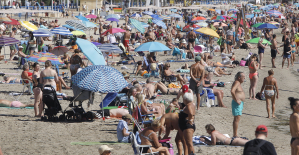 The euro zone economy grows in April at its best pace in almost a year but inflationary pressure increases
The euro zone economy grows in April at its best pace in almost a year but inflationary pressure increases Children born thanks to PMA do not have more cancers than others
Children born thanks to PMA do not have more cancers than others “House of the Dragon”, “Succession”… Max, the new streaming platform from HBO and Discovery, launched in France on June 11
“House of the Dragon”, “Succession”… Max, the new streaming platform from HBO and Discovery, launched in France on June 11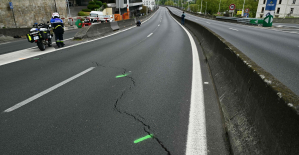 The A13 motorway will finally reopen this Friday, in one direction only
The A13 motorway will finally reopen this Friday, in one direction only TNT commission of inquiry: tensions between LFI deputies and Macronists before the vote on the report
TNT commission of inquiry: tensions between LFI deputies and Macronists before the vote on the report Apple unveils a new, more efficient iPad range
Apple unveils a new, more efficient iPad range The Gaza War invites itself to the 2024 Pulitzer Prizes
The Gaza War invites itself to the 2024 Pulitzer Prizes Judith Godrèche presents a short film on sexual violence in Cannes
Judith Godrèche presents a short film on sexual violence in Cannes Kevin Spacey: new trial in sight in London for the American actor, for sexual assault
Kevin Spacey: new trial in sight in London for the American actor, for sexual assault Taylor Swift fans make London pub Black Dog their new place of pilgrimage
Taylor Swift fans make London pub Black Dog their new place of pilgrimage Omoda 7, another Chinese car that could be manufactured in Spain
Omoda 7, another Chinese car that could be manufactured in Spain BYD chooses CA Auto Bank as financial partner in Spain
BYD chooses CA Auto Bank as financial partner in Spain Tesla and Baidu sign key agreement to boost development of autonomous driving
Tesla and Baidu sign key agreement to boost development of autonomous driving Skoda Kodiaq 2024: a 'beast' plug-in hybrid SUV
Skoda Kodiaq 2024: a 'beast' plug-in hybrid SUV The home mortgage firm rises 3.8% in February and the average interest moderates to 3.33%
The home mortgage firm rises 3.8% in February and the average interest moderates to 3.33% This is how housing prices have changed in Spain in the last decade
This is how housing prices have changed in Spain in the last decade The home mortgage firm drops 10% in January and interest soars to 3.46%
The home mortgage firm drops 10% in January and interest soars to 3.46% The jewel of the Rocío de Nagüeles urbanization: a dream villa in Marbella
The jewel of the Rocío de Nagüeles urbanization: a dream villa in Marbella Institutions: senators want to restore the accumulation of mandates and put an end to the automatic presence of ex-presidents on the Constitutional Council
Institutions: senators want to restore the accumulation of mandates and put an end to the automatic presence of ex-presidents on the Constitutional Council Europeans: David Lisnard expresses his “essential and vital” support for François-Xavier Bellamy
Europeans: David Lisnard expresses his “essential and vital” support for François-Xavier Bellamy Facing Jordan Bardella, the popularity match turns to Gabriel Attal’s advantage
Facing Jordan Bardella, the popularity match turns to Gabriel Attal’s advantage Europeans: a senior official on the National Rally list
Europeans: a senior official on the National Rally list These French cities that will boycott the World Cup in Qatar
These French cities that will boycott the World Cup in Qatar “The future is for us”: “disappointed” and “proud” at the same time, Al-Khelaïfi sees the glass half full after the elimination of PSG
“The future is for us”: “disappointed” and “proud” at the same time, Al-Khelaïfi sees the glass half full after the elimination of PSG PSG: “Since January, these have not been my best matches,” agrees Zaire-Emery, who promises to “come back stronger”
PSG: “Since January, these have not been my best matches,” agrees Zaire-Emery, who promises to “come back stronger” “What is this question, honestly?” : Nasser Al-Khelaïfi (very) annoyed after PSG-Dortmund
“What is this question, honestly?” : Nasser Al-Khelaïfi (very) annoyed after PSG-Dortmund “I am the guy who has to score the goals”: Mbappé does not hide and assumes responsibility after PSG’s exit
“I am the guy who has to score the goals”: Mbappé does not hide and assumes responsibility after PSG’s exit